Straight out of Wetzlar, Germany, Leica cameras have grazed the hands of photographers for over 100 years. Known for their second-to-none build quality, reliable mechanics, superb ergonomics, and beautiful distinguishable designs, we have Leicas to thank for capturing some iconic moments in time while pushing the envelope of what cameras can achieve.
Whether if you’re an experienced Leica user who can’t stop collecting, or a novice user who hit the jackpot, follow our guide to get up and running with the best Leica M lenses for your Leica body – from wide and portrait lenses, to even zoom lenses.
Here’s what we’ll cover:
Brief Explainers
The Best Leica M Lenses
Want more gear and photography tips? Join our mailing list! 📮
Leica Frame Lines Explained
Before we dive into these lenses, there are a few things to be cognizant of to make sure the lens works best with your Leica system.
Rangefinders & Frame Lines
If you’re just getting started, the majority of Leica bodies are rangefinders. Rangefinders will have you viewing through a small window in the camera. Traditional SLR/DSLR viewfinders will have you looking through a mirror housed in the camera that reflects the exact image that appears through the lens itself (things like cropping, focus, and depth of field are all evident through SLRs).
When it comes to Leica’s rangefinders, you’re looking at the image as it would be seen with the naked eye. With this comes frame lines – these are lines that will act as cropping markers in your rangefinder, which will help you make better sense of the image you’re capturing, and its bounds.
Essentially, you would make note of which frame line corresponds with the lens that’s mounted, then everything that falls within these lines is what will be captured on the film or digital sensor.
Check out our diagram to view through a Leica rangefinder set on the 50mm/75mm lines:
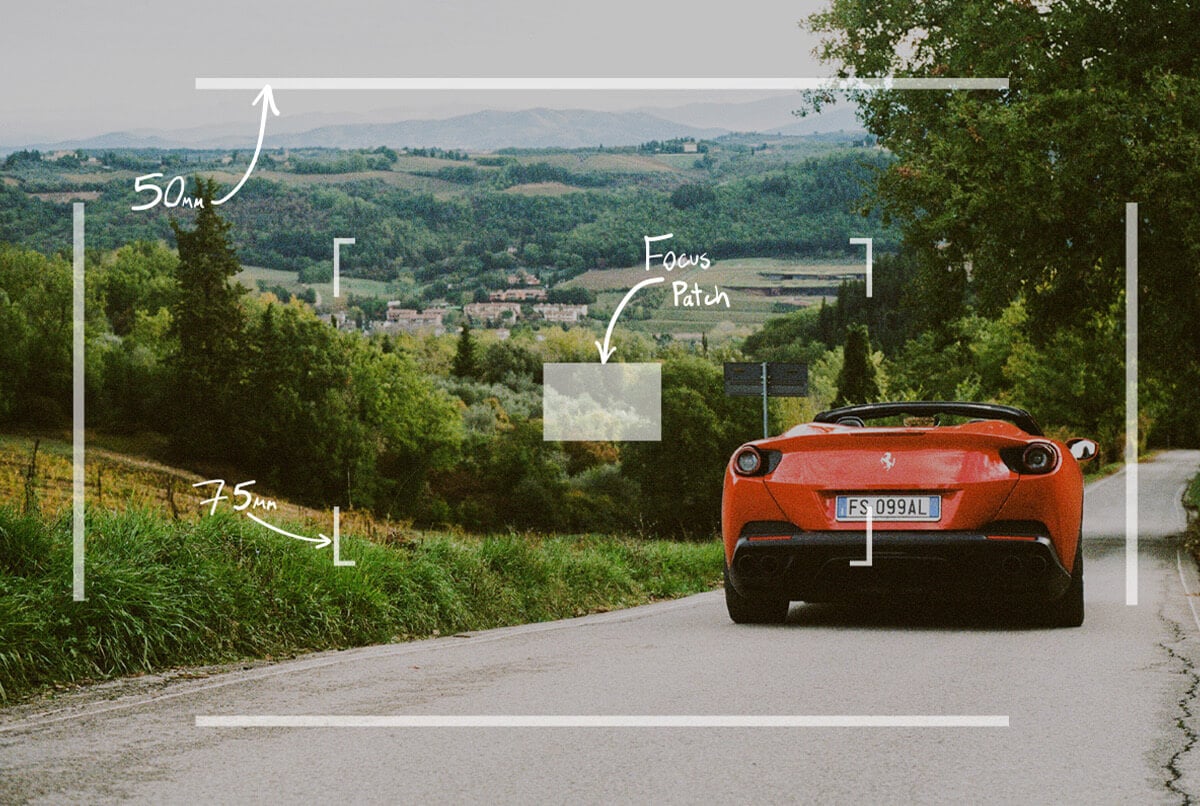
Leica’s Frame Lines – How they Work
As Leica viewfinders are fitted with specific frame lines made for different fixed focal lengths, we’ll include which Leica bodies are compatible with which focal lengths. If you are shooting on a digital Leica body, you do have the option of viewing through its built-in screen as well!
First, let’s start with magnification. Thankfully, Leica follows a consistent viewfinder magnification structure that will accommodate the same lenses no matter the body they’re assigned to.
A viewfinder magnification is shown as a decimal of 1 – where 1 is what the human eye sees, unaided. A high magnification gives you a viewfinder that’s closest to what an unaided human eye sees, whereas a lower magnification captures a wider field view within the viewfinder. The magnifications used on most Leica bodies from the 1950s to today are as follows:
- 0.58x: Wide
- 0.72x: Normal. One of the more popular magnifications, 0.72x allows you to see anywhere from 28mm up to 75mm. If you wear glasses, keep in mind that the extra distance that glasses add between your eye and viewfinder will make it fine to see the 35mm frame line, but the wider 28mm frame line might be slightly out of view.
- 0.85x: Long. Attach a 75mm or even a 90mm and enjoy a more telescopic view of each frame line.
Heads up, that the wider focal lengths of 18mm and 21mm will need the use of an external viewfinder attachment which will help emulate the wide focal length.
Digital Leica bodies can easily see through the wider focal lengths, but film Leica bodies will need the aide of these external viewfinders
Focal Distance with Leica M Lenses
Focal distance exists on all lenses for all cameras. It’s basically the minimum distance between your lens and subject that is required for your subject to be in focus. Any less than this distance between lens and subject, and your subject will be out of focus and blurry. This is a simple known thing with all lenses, but as the majority of Leicas are rangefinders and you are viewing the image through a window as opposed to the actual lens – knowing the focal distance is crucial to ensuring your image is in focus. We’ll include the minimum focal distance of every Leica M lens below as well.
Best Leica Wide Angle Lenses
Leica Super-Elmar-M 21mm f/3.4
Let’s kick things off on the wide end of the spectrum with the Super-Elmar 21mm f/2.4 ASPH. This lens has to be the best and sharpest Leica wide angle lens available.
The f/3.4 aperture allows just enough light in without losing focus with a shallower depth of field. The wide focal length of 21mm is designed with 8 elements and a 9-blade diaphragm which helps minimize distortion – all while being packaged into a compact and light package to be mounted to your Leica body effortlessly.
Leica Bodies with 21mm Frame Lines: You’ll need to use an external viewfinder attachment for this lens.
Minimum Focal Distance: 0.7 meters or 2.5 feet

Leica Elmarit-M 28mm f/2.8
It’s the smallest Leica M lens (meaning it won’t block the viewfinder)! It has exceptional sharpness, and is a go-to for street photographers around the world. Let us introduce you to the Elmarit 28mm f/2.8.
Boasting a 20 blade diaphragm that gives us that low f/2.8 aperture, and made up of 8 elements that are compacted together, it’s respected reputation as a street photography lens comes from its wide focal length, which can capture just about anything! Not to mention that it’s often used in zone focusing ranges from f/5.6-f/16 as you can achieve a close focus range of 0.7 meters or 2.5 feet.
Leica Bodies with 28mm Frame Lines: 0.58x, 0.72x, MP-4
Minimum Focal Distance: 0.7 meters or 2.5 feet
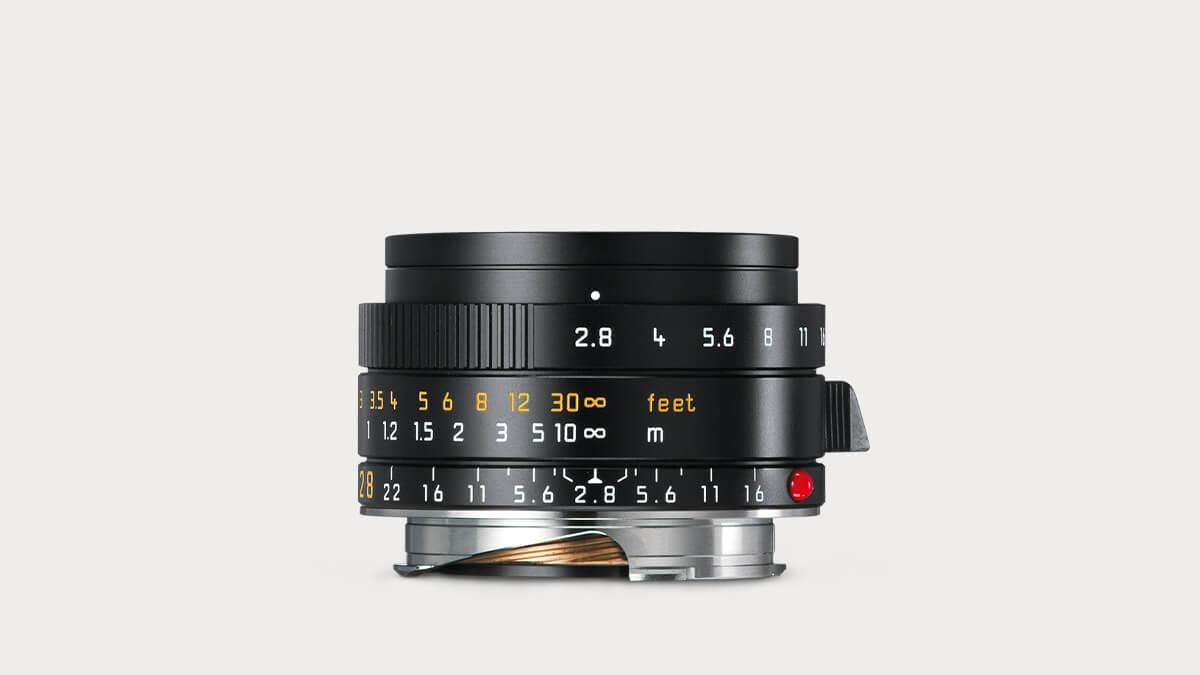
Best Leica Portrait Lenses
Leica Summilux-M 35mm f/1.4
We’re getting into Leica royalty now with the Summilux 35mm f/1.4. Where do we even begin? One of the most beloved focal lengths to bestow a Leica, known for its versatility in portraits, landscapes, and everything in between, the 35mm gained popularity in the 50s-80s for being the journalists’ go-to lens for its all-purpose capabilities. Shooting at f/1.4 will achieve the best of bokehs for any low light challenge, while moving up to f/5.6-f/16 will allow you to point it at just about anything within a few feet of you, confident that the subject is in focus. The 35mm form factor is always said to be the most-true-to-life depiction of what you capture, free of any nasty lens distortion.
Leica Bodies with 35mm Frame Lines: 0.58x, 0.72x, 0.85x, M1, M2, M2R, MP SP, M4, M4-2, M4-P, M5
Minimum Focal Distance: 0.7 meters or 2.5 feet
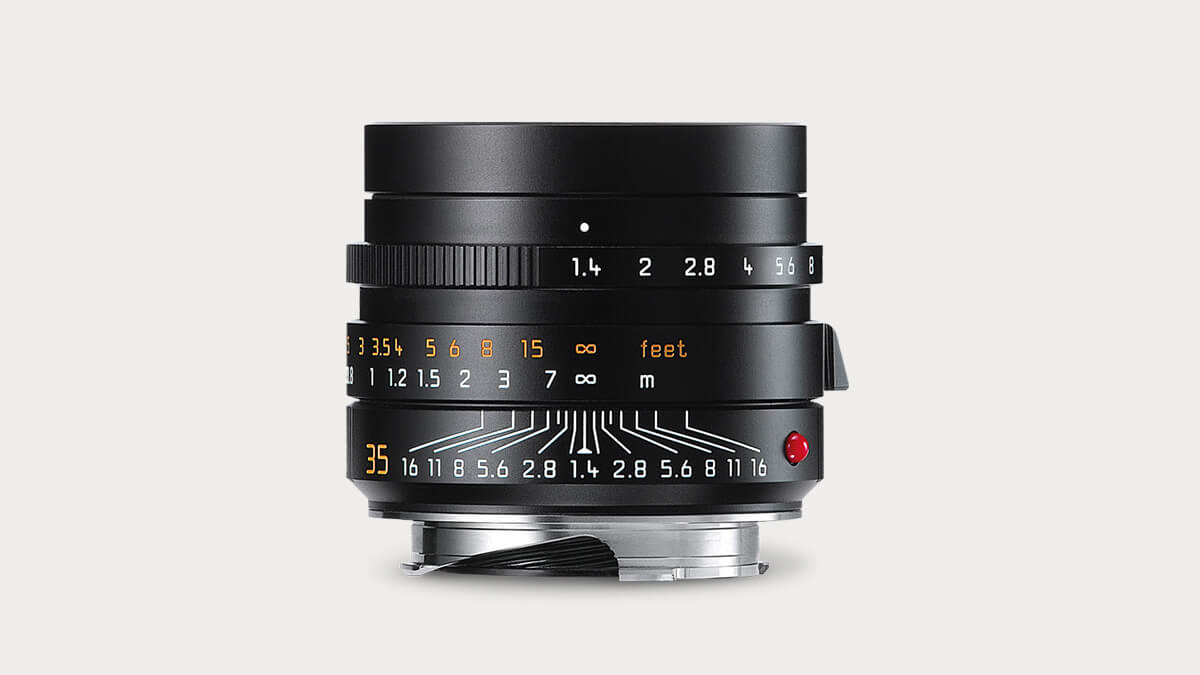
Leica Summilux-M 50mm f/1.4
Leica bodies and 50mm lenses are a tale as old as time. Known as one of Leica’s top lenses offering some of the best bokeh and a close shooting range of 0.68 meters, the Summilux 50mm f/1.4 ASPH is sure to be the perfect addition to your Leica lens collection. The 50mm focal length is one to really close in on your subject, isolating out any distracting factors, making for a beast of a portrait lens (which also will work with almost all frame lines of all Leica bodies).
Leica Bodies with 50mm Frame Lines: 0.58x, 0.72x, 0.85x, M1, M2, M2R, M3, MP, MP SP, M4, M4-2, M4-P, M5
Minimum Focal Distance: 0.68 meters or 2.5 feet
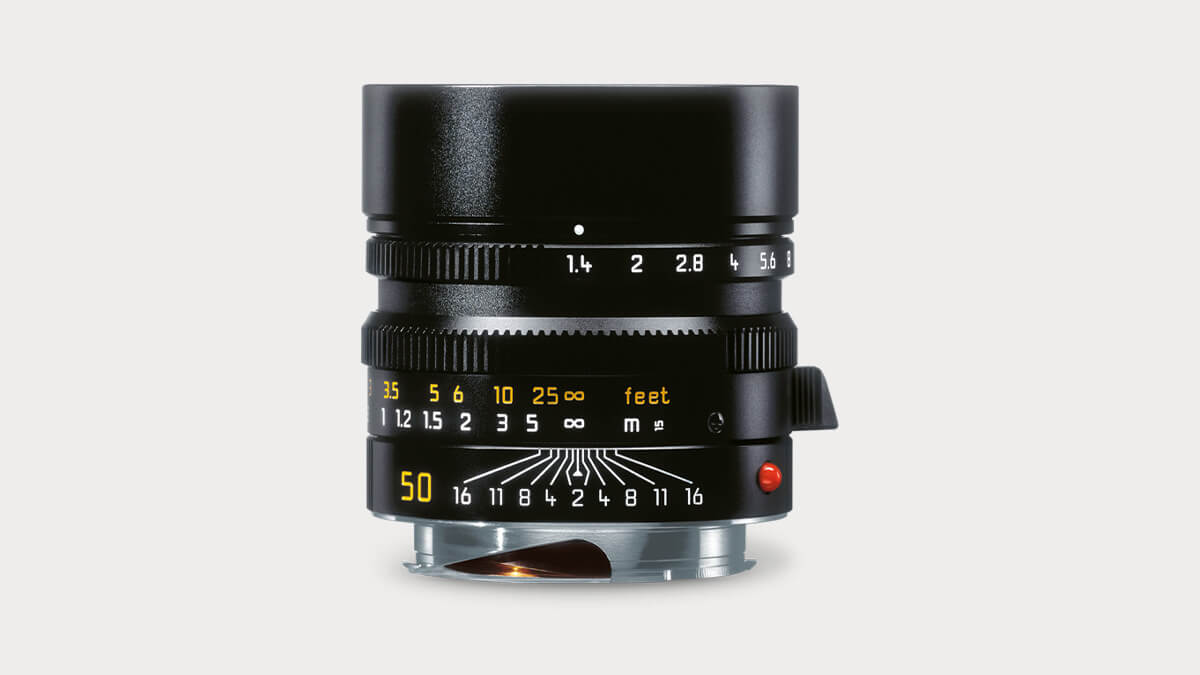
Best Leica Zoom Lenses
Leica Summarit-M 90mm f/2.4
We’re getting into telephoto territory with the Summarit 90mm f/2.4. For Leica shooters who are looking to get closer to the action, it takes some work to visualize your image within small centered frame lines that accompany telephotos — but fear not, as the same optics that serve our favorite wide and portrait lenses are at play with this 90mm. Zoom into the far reaches of a landscape, or even create lens compression with grand backgrounds superimposed with your subjects!
Leica Bodies with 90mm Frame Lines: 0.58x, 0.72x, 0.85x, M2, M2R, M3, MP, MP SP, M4, M4-2, M4-P, M5
Minimum Focal Distance: 1 meter or 3.5 feet
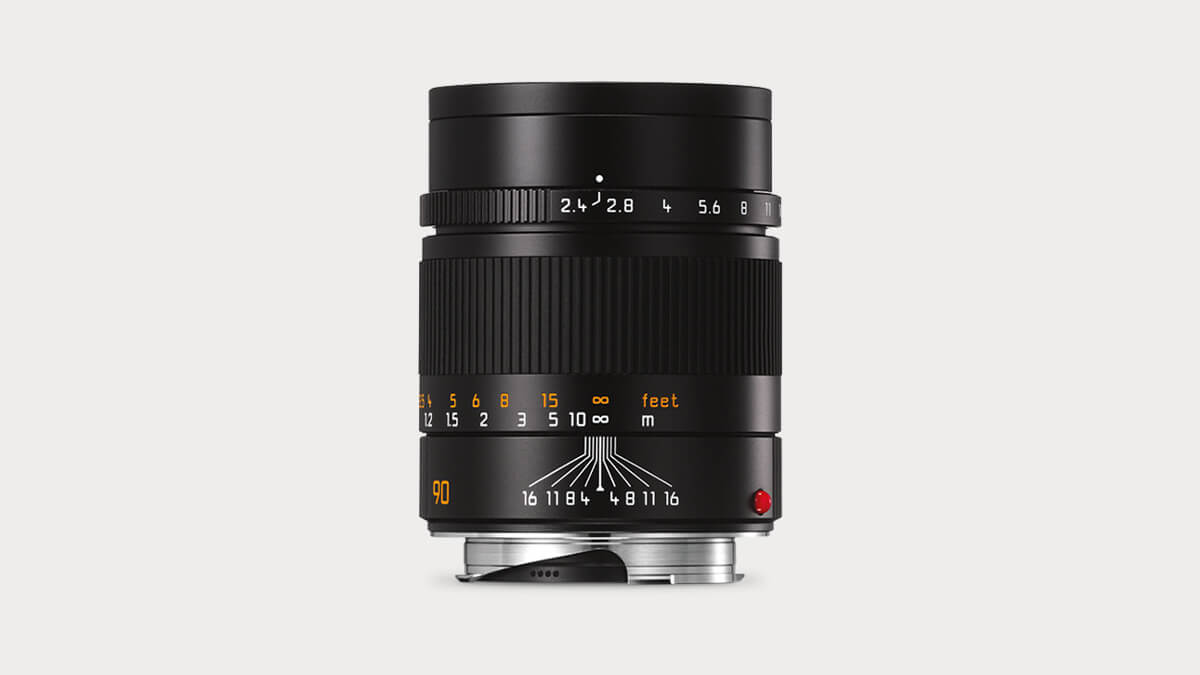
Leica APO-Telyt-M 135mm f/3.4
Take the already capable telephoto focal length of the 90mm and max it out to 135mm (the most zoom you can get out of a Leica frame line), and we get the APO-Telyt 135mm f/3.4. Some real training and practice will be needed as the 135mm frame lines on Leica film viewfinders are the smallest. This requires you to use a bit more of your imagination to mock-up what’s being captured. It can be a closeup of a person, a house, or a rocky ledge of a beach, and the 135mm focal length brings much more isolation with your subject, and compression of epic proportions. Not one for the faint of heart, but nonetheless a powerhouse of a lens for those looking to venture into the telephoto arena.
Leica Bodies with 135mm Frame Lines: 0.72x, 0.85x, M3, MP, M4, M4-2, M4-P, M5
Minimum Focal Distance: 1.5 meters or 5 feet
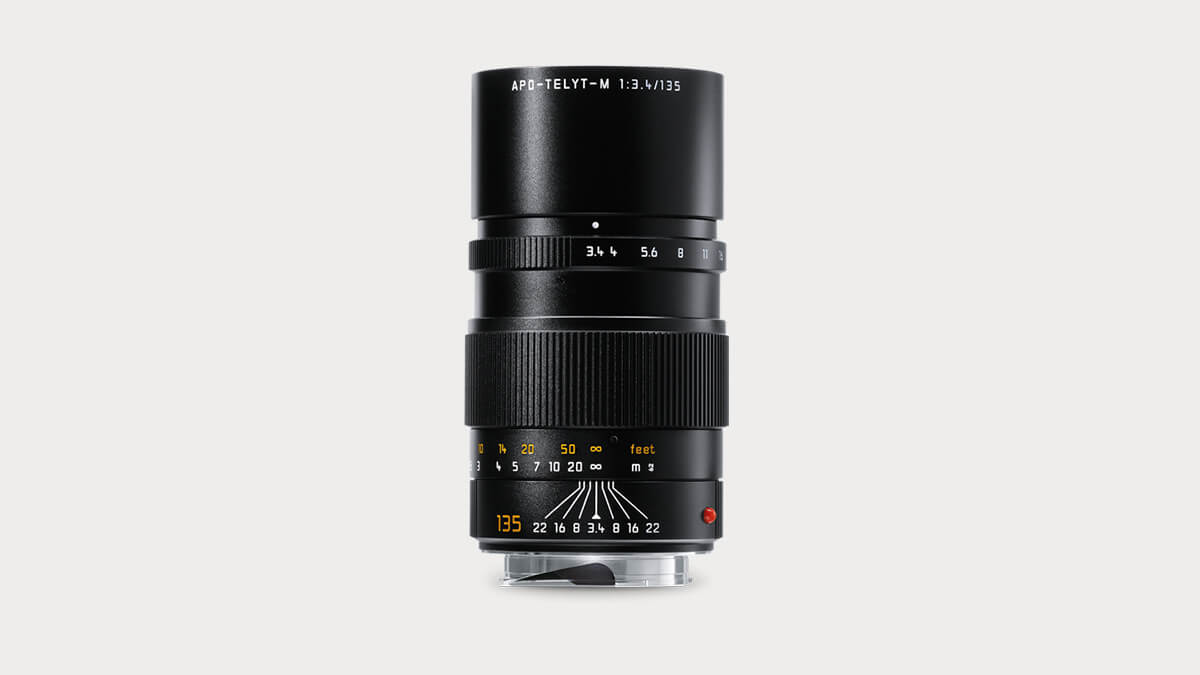
Best Alternative Leica Lenses
Let’s address the rather large elephant in the room here: Leica lenses are expensive. There, we said it. It’s no news that some of the best hand-built, pristine quality lenses of the world reach prices in excess of the value of multiple Leica bodies themselves! Thankfully, if you’re on a budget, there are several third party manufacturers out there that provide affordable lens solutions to get you up and running on your Leica, whether it be digital or film. Check out a few of our favorite alternative Leica M lenses that won’t break the bank too much.
TTArtisan 35mm f/1.4 Lens for Leica M
Leica Bodies with 35mm Frame Lines: 0.58x, 0.72x, 0.85x, M1, M2, M2R, MP SP, M4, M4-2, M4-P, M5
Minimum Focal Distance: 0.7 meters or 2.5 feet
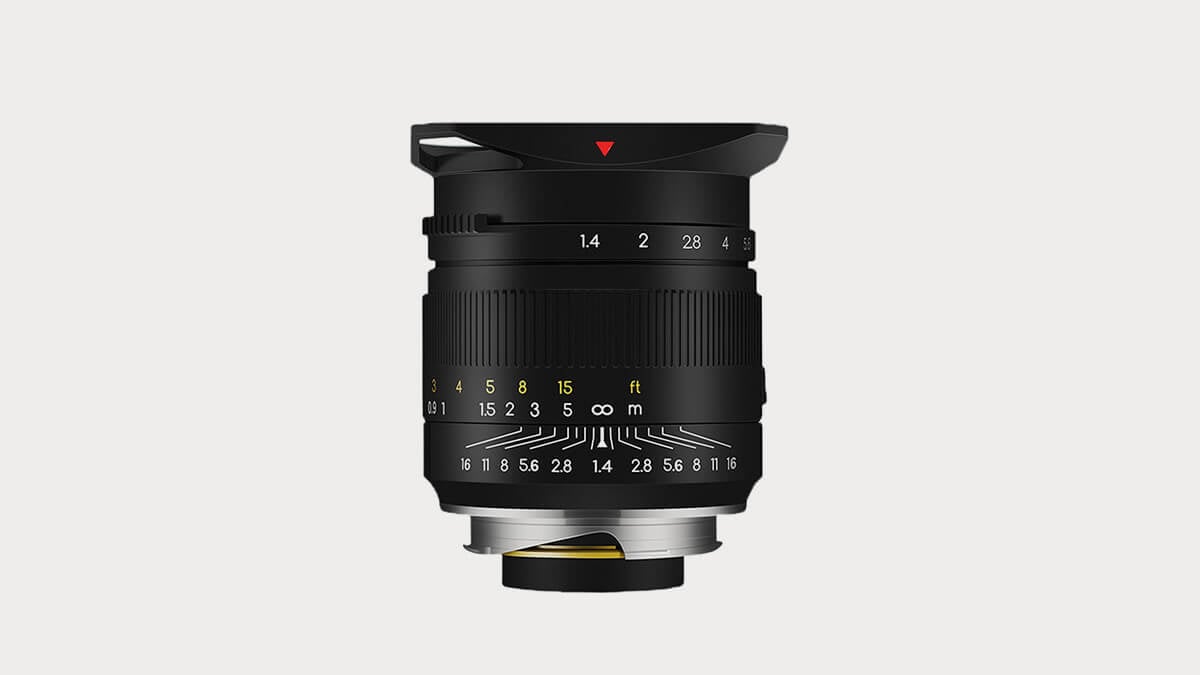
TTArtisan 50mm f/1.4 Lens for Leica M
Leica Bodies with 50mm Frame Lines: 0.58x, 0.72x, 0.85x, M1, M2, M2R, M3, MP, MP SP, M4, M4-2, M4-P, M5
Minimum Focal Distance: 0.7 meters or 2.5 feet
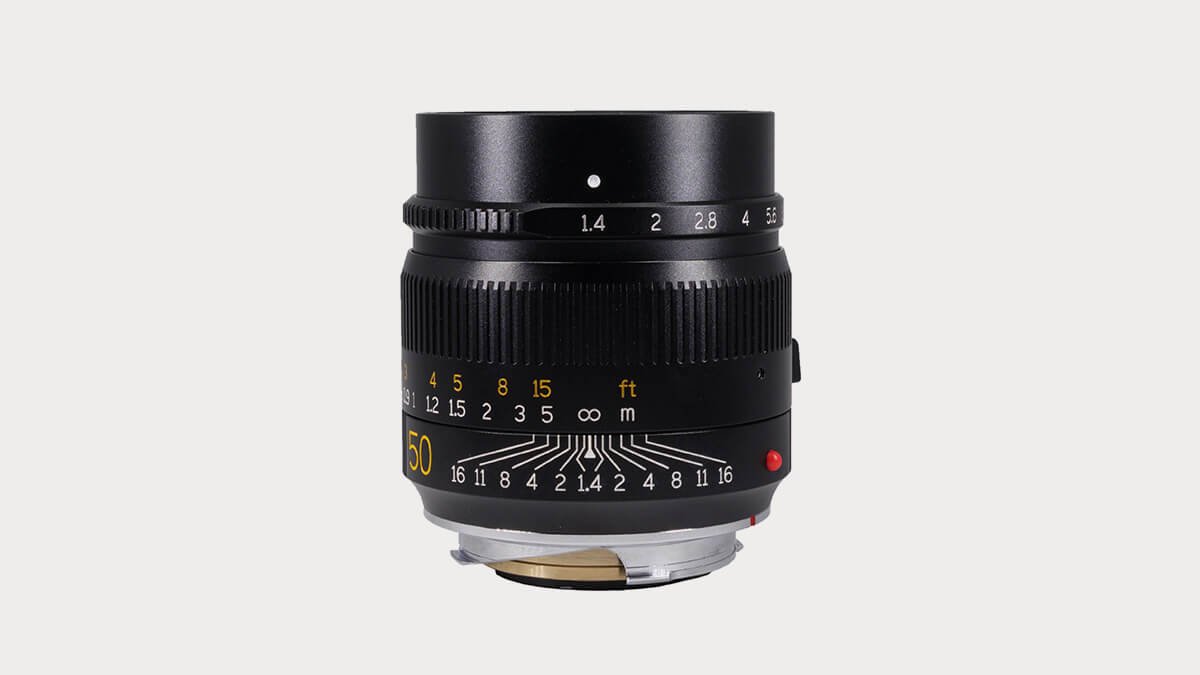
Voigtlander Ultron 28mm f/2 Lens
Leica Bodies with 28mm Frame Lines: 0.58x, 0.72x, MP-4
Minimum Focal Distance: 0.7 meters or 2.5 feet
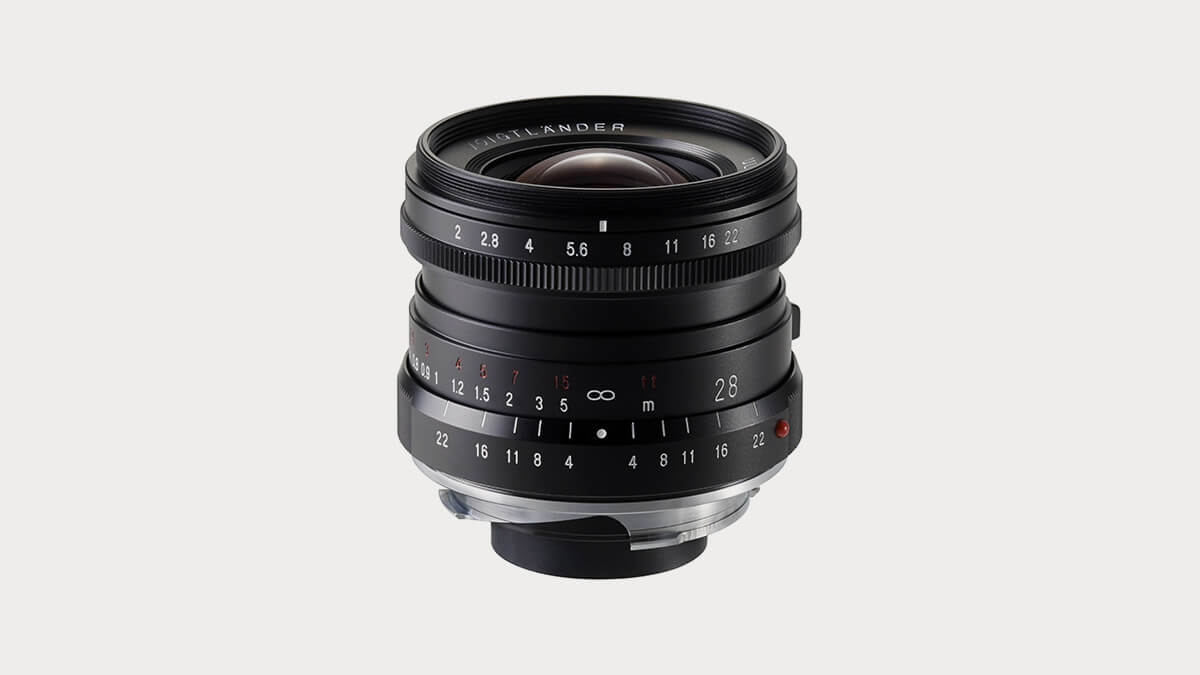
Voigtlander Nokton Classic 35mm f/1.4 II MC Lens
Leica Bodies with 35mm Frame Lines: 0.58x, 0.72x, 0.85x, M1, M2, M2R, MP SP, M4, M4-2, M4-P, M5
Minimum Focal Distance: 0.7 meters or 2.5 feet

Do you have a go-to Leica M lens? Let us know in the comments below! Make sure to follow us on Instagram @gridfiti and @gearspread for more photography and gear content.
Gridfiti is supported by its audience – when you buy something using the retail links in our posts, we may earn a small commission at no additional cost to you. We only recommend products we would use ourselves and recommend to our friends and family. Read more about our affiliate disclaimer.